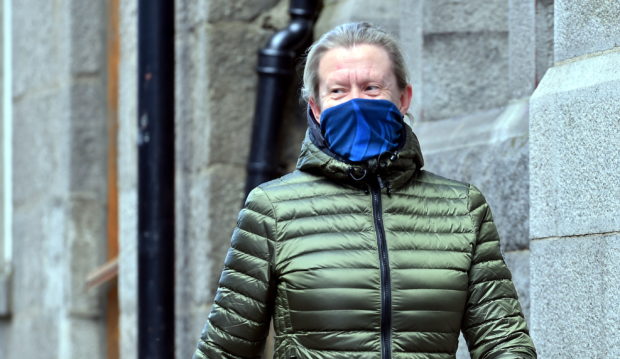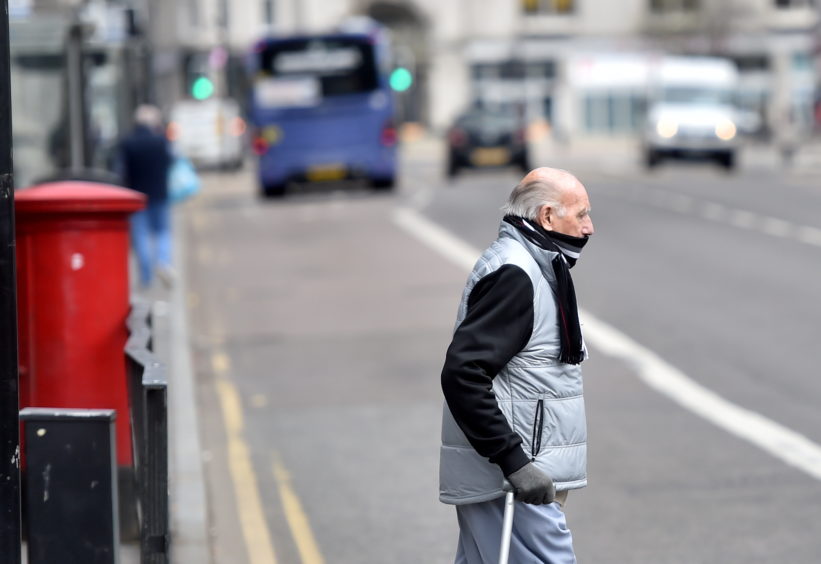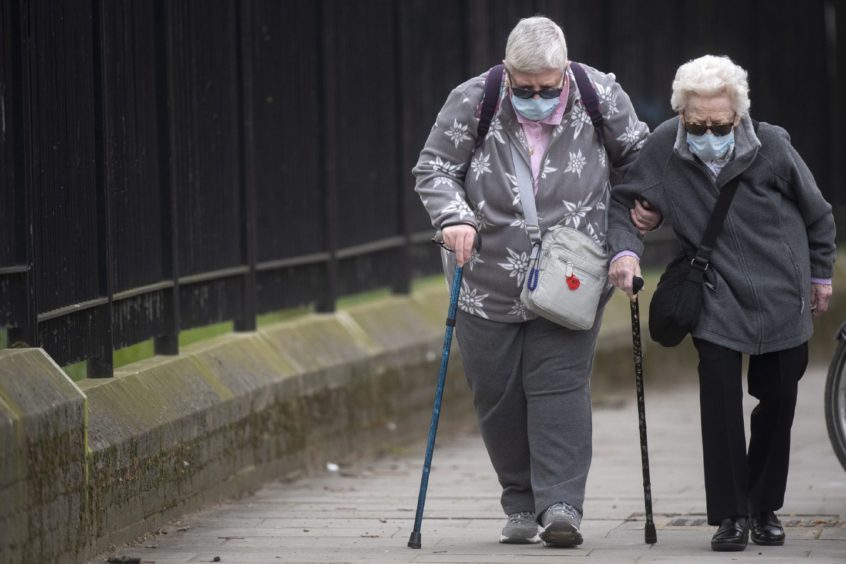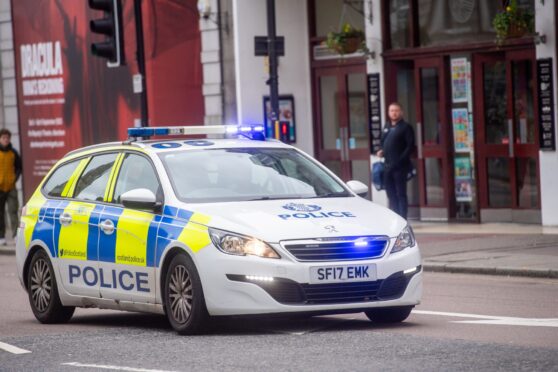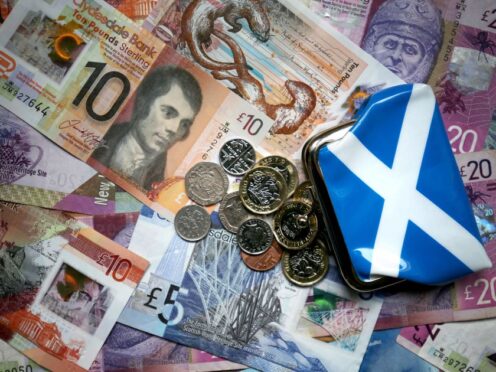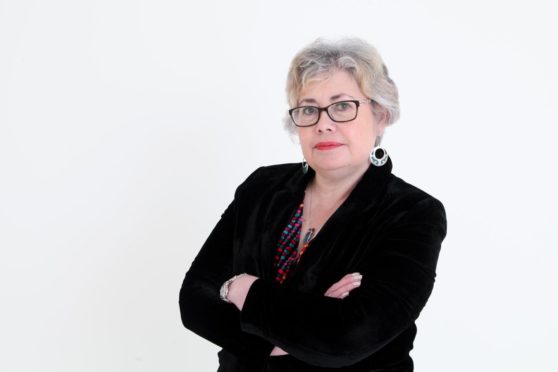The Scottish Government has issued new guidance recommending the public wear face coverings in “limited circumstances”, including in shops and on public transport.
With the change in advice, we take a look at the key questions on what types of coverings should be worn, in what circumstances, and what the science says.
What type of masks should be worn?
The First Minister has keenly stressed that she is referring to face coverings, including cloth masks, scarves or bandanas, rather than medical face masks that health and care workers would wear.
One of the main criticisms levelled at asking the public to wear medical-grade face masks has been fears the move could lead to a shortage of masks for healthcare workers, one of the reasons the World Health Organisation initially advised against general mask use.
By urging the public to use cloth coverings or scarves instead, the hope will be that face masks are not denied to those on the frontline.
When should you wear a face covering?
The current social distancing rules remain the “most important step” the public can take to prevent the spread of the virus, with face coverings “not a substitute” for that, the First Minister said in her daily briefing on Tuesday.
Although the evidence is “still limited”, the Scottish Government has said it recognises there may be some benefit to wearing a face covering when leaving the house and entering enclosed spaces, especially where physical distancing is more difficult and where there is a risk of close contact with multiple people.
In the current situation, this would apply in particular to food shops.
The guidance issued states there is “no evidence” to suggest there might be a benefit outdoors, unless in an unavoidable, crowded situation, where there may be some benefit.
How should a face covering be worn?
The advice states that hands must be washed first before applying or removing a covering and wearers should avoid touching their face.
After each use, the face covering must be washed at 60C or disposed of safely.
What does the science say?
The Scottish Government said the benefit comes mainly in cases where someone has the virus but is not experiencing symptoms, as wearing a face covering in these circumstances “may reduce” the risk of that person transmitting the virus on to others.
Speaking during FMQs on Tuesday, the First Minister said there was indication of “some benefit” in these circumstances.
However, experts have cast doubt on the strength of the evidence on the benefits of face masks.
Last week the UK’s chief scientific adviser, Sir Patrick Vallance, said the evidence on face masks “has always been quite variable, quite weak and difficult to know”.
According to European scientists, there is no evidence that non-medical-standard face masks or other coverings offer protection to wearers.
The European Centre for Disease Prevention and Control says that non-medical face mask has a filter efficiency of between two and 38%.
The World Health Organisation (WHO) recommends face mask use for people who are taking care of a person with Covid-19 or if they are coughing or sneezing themselves.
Will wearing face coverings become mandatory?
The Scottish Government is recommending the use of face coverings as a “precautionary” measure but the measure is not mandatory “at this stage”.
But the First Minister confirmed on Tuesday that this would be kept “under review”, adding they may take a “tougher” stance in the future.
She added: “It is worth bearing in mind that there are some people – for example, people with asthma – who might have very good reasons for choosing not to cover their mouth and nose when out and about and we’re not recommending use of face coverings for children under the age of two.”
Why has it taken so long to get this advice out?
The Scottish Government is the first nation in the UK to recommend the use of face coverings in “limited circumstances”; however, more than 30 countries, including Germany, have already made the move mandatory on public transport and in shops.
Ms Sturgeon said the advice so far has been “inconclusive”, suggesting the evidence still remains fairly weak for their effectiveness among the public at large.
However, speaking during FMQs on Tuesday, the First Minister said that anecdotally she sees “many people” choosing to wear face coverings, adding she was “concerned” they may believe the coverings provide more protection than they do, hence the need to provide guidance.
This, coupled with following the example of other nations, could be the main reason why the advice has come out now despite previously underwhelming evidence from the UK’s scientific advisers.
What is the UK advice on face coverings?
Downing Street said the Prime Minister wanted to maintain a UK-wide response to coronavirus as far as possible but there was not hint of whether the government would adopt the same policy as Ms Sturgeon.
But there have been growing calls for a change in advice, with Dr Chaand Nagpaul, chairman of the British Medical Association (BMA) council, suggesting the public cover their mouths and noses when going outside for essential reasons.
The UK Government’s official stance is that it is still considering the advice from the Scientific Advisory Group for Emergencies (Sage) following a review of the guidelines.
A spokesman for the Prime Minister said: “Sage’s review has been sent to ministers who are considering the advice, when a decision has been reached we will announce it publicly.”
When quizzed on the decision, Ms Sturgeon said all governments across the UK were considering the move and it was “not for her to speak for them”.
